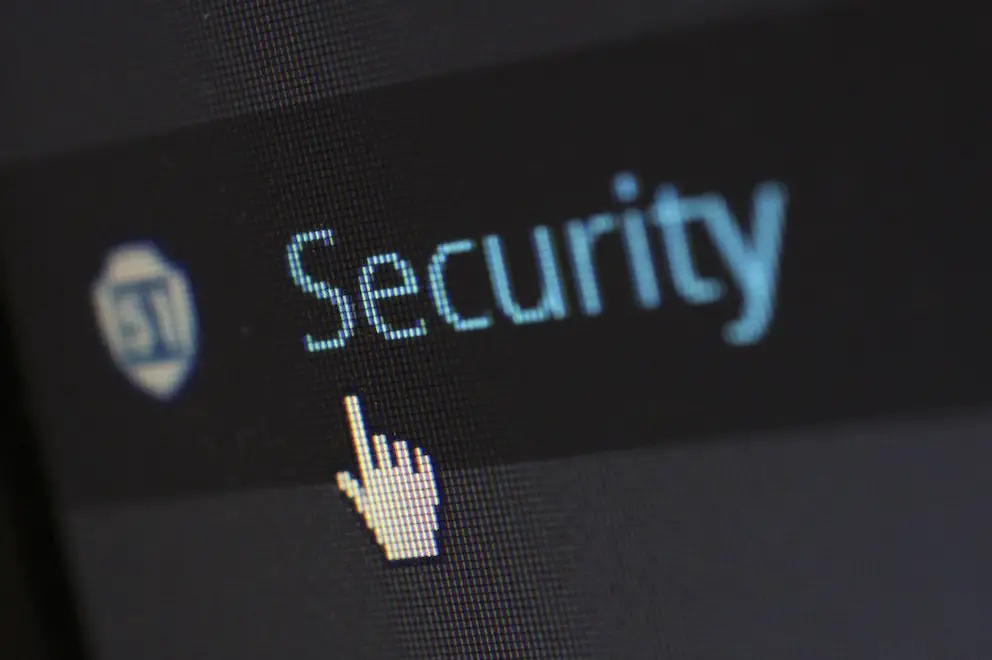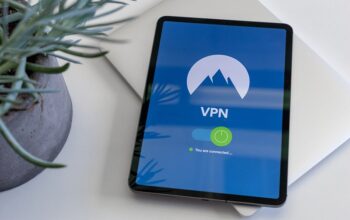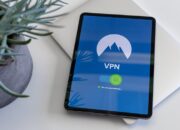In the fast-paced, interconnected world of 2025, our lives are intrinsically linked to our digital presence. From banking and shopping to communicating with loved ones and managing our work, almost every aspect of our daily routine is touched by the internet. This convenience, however, comes with a significant risk: the constant threat of cyberattacks. Identity theft, data breaches, and ransomware are no longer distant news stories; they are a tangible danger to anyone who uses the internet. The good news is that you don’t have to be a tech expert to protect yourself. By adopting a proactive mindset and following a strategic cybersecurity checklist, you can significantly reduce your vulnerability and safeguard your personal information. This comprehensive guide will take you on a deep dive into the most critical steps for securing your digital life. We’ll explore the foundational principles, from creating impenetrable passwords to understanding the threats you face, and provide a clear, actionable roadmap to building a robust defense against online crime.
The Foundation of Digital Security

Think of your online security as a multi-layered fortress. A single lock is not enough to keep out a determined intruder. A strong defense is built on several key layers that work together to protect your data.
A. The Bedrock of All Security
A weak or reused password is the single biggest vulnerability in your digital life. When a company experiences a data breach, and your password is leaked, a hacker can use that same password to gain access to all your other accounts.
- Use a Password Manager: A password manager is the single most important tool in your cybersecurity arsenal. It generates and stores long, complex, and unique passwords for every one of your online accounts. You only have to remember one master password to unlock the vault. This not only makes your accounts more secure but also eliminates the hassle of remembering dozens of different passwords.
- Make Passwords Unique and Complex: Avoid using easily guessable information like birthdays, pet names, or common words. A strong password should be a combination of upper- and lower-case letters, numbers, and special characters. Aim for a password length of at least 12-16 characters.
- Enable Multi-Factor Authentication (MFA): Always, always, always enable MFA on every account that offers it, especially for email, banking, and social media. MFA requires a second form of verification, such as a code sent to your phone or an authentication app, in addition to your password. This means that even if a hacker steals your password, they cannot access your account without that second layer of security.
B. Securing Your Digital Ecosystem
Your digital life extends beyond your passwords. Every device you own, from your smartphone to your laptop, is a potential entry point for a cyberattack.
- Keep Your Software Updated: Software updates often include critical security patches that fix vulnerabilities that hackers can exploit. Enable automatic updates on your operating systems (Windows, macOS, Android, iOS) and your applications.
- Use Antivirus and Anti-Malware Software: A reputable antivirus and anti-malware program is essential for protecting your computer from viruses, Trojans, and other malicious software. Run regular scans to detect and remove threats before they can do damage.
- The Peril of Public Wi-Fi: Public Wi-Fi networks in cafes, airports, and hotels are often unsecured and can be easily monitored by hackers. Avoid conducting sensitive activities like online banking or shopping on these networks. If you must use public Wi-Fi, always connect through a Virtual Private Network (VPN).
Navigating the Internet with Confidence

The internet is a vast and sometimes dangerous place. Learning to recognize and avoid common threats is a crucial skill for digital safety.
A. The Art of Recognizing Phishing Scams
Phishing is a deceptive practice where cybercriminals impersonate a trusted entity—like a bank, a government agency, or a major corporation—to trick you into revealing personal information.
- Check the Sender’s Address: Phishing emails often use a fake sender address that looks similar to a legitimate one. For example, “amazon-support@gmaiiil.com” is a clear red flag. Always check the full email address, not just the display name.
- Hover Before You Click: Before you click on a link in an email, hover your mouse over it to see the actual URL. If the URL doesn’t match the one you were expecting, do not click on it.
- Be Wary of Urgency and Threats: Phishing emails often use urgent language or threats to create a sense of panic, urging you to act immediately. Never respond to these. If you are concerned, go directly to the company’s official website and log in from there.
B. Understanding and Managing Your Digital Footprint
Your digital footprint is the trail of data you leave behind on the internet. It includes your social media posts, your online purchases, and the websites you visit.
- Review Social Media Privacy Settings: Go through the privacy settings on all your social media accounts and make sure that only your friends or connections can see your personal information and posts.
- Delete Old Accounts: Do you have old accounts on websites or services you no longer use? These forgotten accounts are a security risk. Use a service like JustDeleteMe to find and remove them.
- Be Mindful of What You Share: Be cautious about what personal information you share online, especially on social media. Avoid posting your home address, phone number, or detailed travel plans.
The Practical Application
This checklist provides a clear, step-by-step guide to securing your digital life. Go through each item and check it off as you complete it.
A. Foundational Security
- Enable Multi-Factor Authentication (MFA): Set this up on your email, social media, and financial accounts.
- Use a Password Manager: Sign up for a reputable service like 1Password or LastPass and migrate all your passwords.
- Update Your Software: Turn on automatic updates on all your devices.
- Install Antivirus Software: Make sure all your computers have a good antivirus program installed and running.
B. Device and Network Security
- Secure Your Wi-Fi Router: Change the default password on your router’s admin page and use a strong, unique password for your Wi-Fi network.
- Use a VPN: Install a VPN on your devices to protect your data, especially when using public Wi-Fi.
- Enable Device Encryption: Encrypt the hard drives of your laptops and smartphones. This is a simple setting that can be found in your device’s security settings.
C. Online Habits and Practices
- Review App Permissions: Go through the permissions you’ve granted to apps on your phone and revoke any that are unnecessary.
- Be a Savvy Consumer: Before you make an online purchase from a new website, check for customer reviews and make sure the URL begins with “https://” and has a padlock icon.
- Regularly Back Up Your Data: Back up your important files to an external hard drive or a cloud service. This will protect you in the event of a ransomware attack or hardware failure.
The Future of Cybersecurity
Cyber threats are constantly evolving, and staying ahead of them requires a proactive, not reactive, mindset. The latest trends in cybersecurity focus on AI-powered defenses and a more integrated approach to protecting our digital identities.
- AI-Powered Threats and Defenses: AI is being used by hackers to create more sophisticated phishing scams and malware. However, it is also being used to create powerful new security tools that can detect and block these threats in real-time.
- Biometrics and Beyond: Biometric authentication (fingerprint and facial recognition) is becoming more common, but it’s important to understand its limitations. A physical security key, for instance, provides an even stronger layer of security for critical accounts.
- The Importance of “Zero Trust”: The zero-trust security model is a modern approach that assumes no user or device can be trusted by default, regardless of whether they are inside or outside the network. This model is being adopted by corporations and is a good mindset to apply to your own digital life.
Conclusion
Securing your digital life is not a one-time task; it is an ongoing commitment to being vigilant and proactive. In a world where our personal data is a valuable commodity, protecting it is a fundamental responsibility. This guide has provided you with a comprehensive roadmap, from the foundational steps of using a password manager and enabling MFA to the advanced practices of recognizing phishing scams and managing your digital footprint. By taking control of your online security, you are not only protecting your finances and personal information but also gaining peace of mind.
The checklist provided in this article is your starting point. Go through it step-by-step, and you will build a robust defense that can withstand most cyber threats. Remember that the ultimate goal is not to live in fear of the internet but to use it with confidence and knowledge. The power to protect yourself is now in your hands. Embrace this responsibility, stay informed about new threats, and you will be well-equipped to navigate the digital world safely and securely for years to come.







